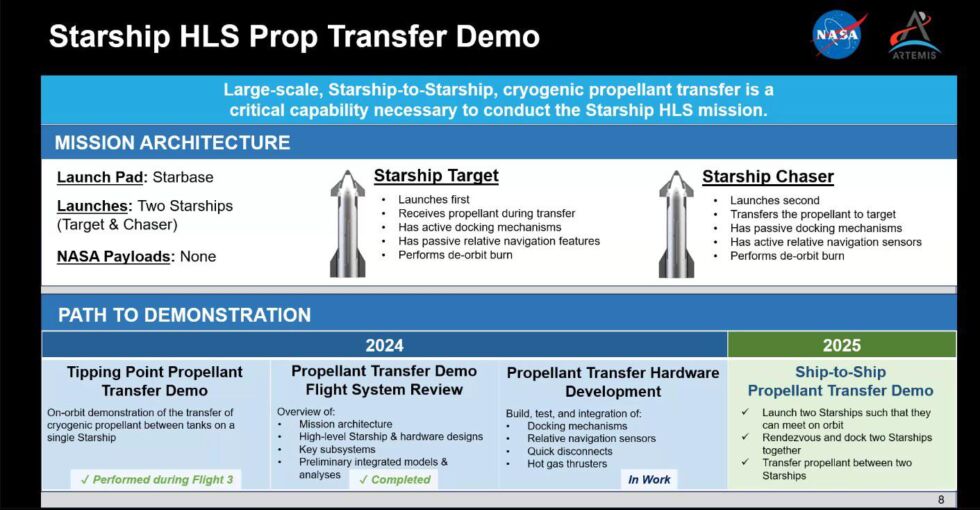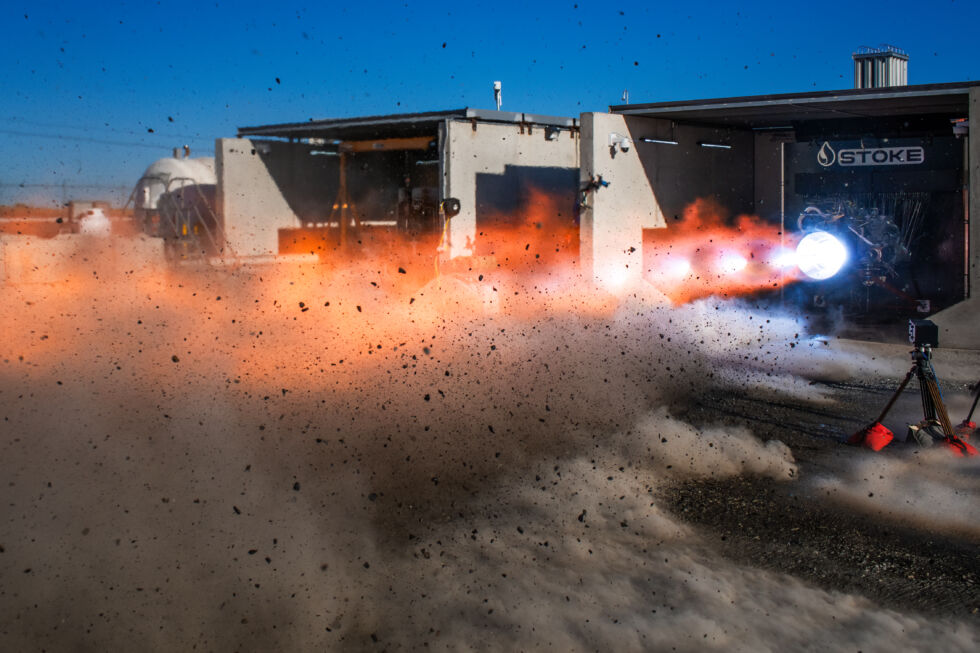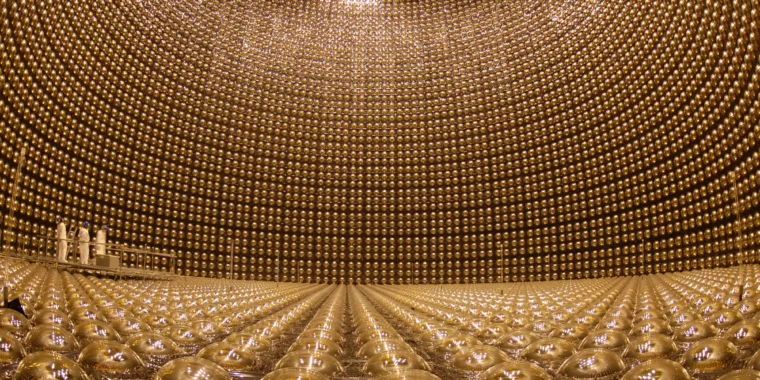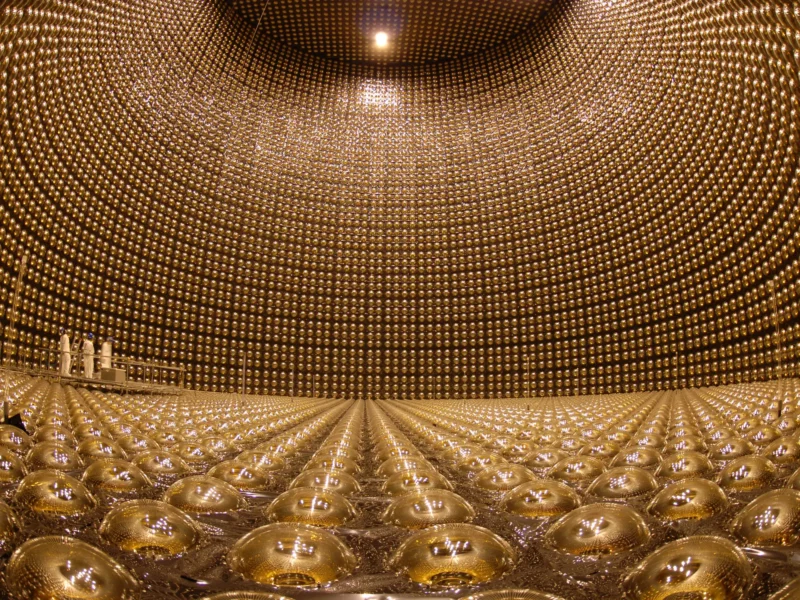How the “Nutbush” became Australia’s unofficial national dance
“A church house, gin house” —
Most Australians learned the “daggy” line dance in primary school starting in the mid-1970s

Enlarge / US Embassy Australia employees learning to do the Nutbush to honor the late Tina Turner in 2023.
The whole world mourned the passing of music legend Tina Turner last year, perhaps none more so than Australians, who have always had a special fondness for her. That’s not just because of her star turn as Aunty Entity in 1985’s Mad Max Beyond Thunderdome or her stint as the face of Australia’s rugby league.
Australians of all ages have also been performing a line dance called the “Nutbush” at weddings and social events to Turner’s hit single (with then-husband Ike Turner) “Nutbush City Limits.” Turner herself never performed the dance, but when she died, there was a flood of viral TikTok videos of people performing the Nutbush in her honor—including members of the US Embassy in Canberra, who had clearly just learned it for the occasion. Dancers at the 2023 Mundi Mundi Bash in a remote corner of New South Wales set a world record with 6,594 dancers performing the Nutbush at the same time.
The exact origin of the dance remains unknown, but researchers at the University of South Australia think they understand how the Nutbush became so ubiquitous in Australia, according to a paper published in the journal Continuum. “What we seem to know is that there was a committee in the New South Wales education department that devised the idea of the Nutbush,” co-author Jon Stratton told the Guardian. “Whether they devised the dance itself, we don’t really know. But what’s interesting is that nobody has come forward.”
“Nutbush City Limits” was released in 1973. However, the authors note that the song peaked at 87 on the Australian charts and didn’t appear at all throughout 1974—only to start charting again from March to May 1975 and again from June–October 1976, peaking at No. 14. (It charted once again last year when Turner died.) They suggest that “Nutbush City Limits” was a great “dance floor filler,” especially in the 1970s disco era, so people were purchasing the single over a longer period of time.
But another likely explanation was the spread and development of the dance now known as the Nutbush during this same time period, initially as an educational activity in Australian primary schools. An homage of sorts to Turner’s hometown (Nutbush, Tennessee), the song features a hard 4/4 stomp beat laid over a funk rhythm, making it ideal for a line dance. There are anecdotal reports of people doing the Nutbush to different tunes, like Starship’s “We Built This City” (1985), which also features a 4/4 beat.
Knee, knee, kick, kick
Dancing has been incorporated into education since the 1920s. “Line dances work very well in classrooms because the teacher can stand at the front and give instructions to the lines,” said Stratton. “The idea must have been to provide students with an enjoyable way of exercising and learning coordination. Whoever designed the Nutbush succeeded beyond any success they could have hoped for. What makes it special is that it’s moved out of schools to become the dance of choice at many Australian social events.”
It’s unique to Australia, but the Nutbush shares some similarities with the Madison—minus the calls—another popular line dance that emerged in the 1950s thanks to teen dance shows like American Bandstand and The Buddy Deane Show. (The latter inspired the 1988 John Waters film Hairspray.) In fact, in a 2016 Reddit thread, P.J. Fletcher suggested in 2016 that the Nutbush was actually a bastardized version of the Madison with misremembered steps and drew a faulty diagram of those steps. Fletcher traced its origin to 1978 when the New South Wales Department of Education launched primary school teacher retraining initiatives, initially for a Sydney school district and spreading to other regions from there.
Let’s do the Nutbush again.
Stratton and his co-author, Panizza Allmark, dismiss this theory. For one thing, they discovered that the Nutbush was already being taught at a technical school in Victoria in 1978, so the dance was already well-established by then, at least in Victoria. They suggest the dance originated in 1975 in New South Wales and spread from there. Also, the Madison is difficult to perform to 4/4 songs like “Nutbush City Limits” since it is based on a six-beat pattern. Thus, “One possibility is that somebody in the school system in Sydney developed the Nutbush because they found that school students had too much difficulty learning the Madison to make it either enjoyable or worthwhile,” the authors wrote.
“Unlike formal dancing where you needed a partner, the Nutbush didn’t involve holding hands or touching anyone of the opposite sex,” said Allmark, who danced the Nutbush herself as a primary school student in Perth in the early 1980s. “In primary school, when learning folk dancing, there was great awkwardness in having to dance with a partner of the opposite sex but with the Nutbush, you didn’t need ‘to take a partner by the hand.’ You could enjoy the dance moves and be part of a communal experience without all the sweaty handholding.”
Regardless of how the fad took hold, hearing the song’s opening bars and the lines “A church house, gin house” will likely keep bringing Aussies enthusiastically to the dance floor for years to come.
Continuum, 2024. DOI: 10.1080/10304312.2024.2331796 (About DOIs).
Ike and Tina Turner perform “Nutbush City Limits” in 1973.
How the “Nutbush” became Australia’s unofficial national dance Read More »


























